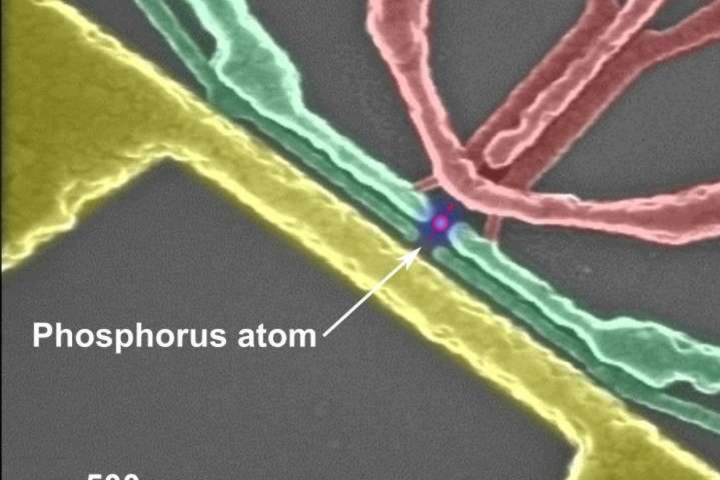
Researchers at the University of New South Wales in Australia have proven that it’s possible to write a quantum version of computer code, using two quantum bits in a silicon microchip. The experiment resulted in the highest score ever recorded in the notoriously stringent Bell test, according to a report from Science Daily.
The Bell test is a method of investigating the difference between the physics of our natural world and the peculiarities of quantum mechanics. Dr Juan Pablo Dehollain, one of the scientists who worked on this research, described the test as “extremely unforgiving.”
The experiment itself saw two quantum particles placed inside a silicon microchip; the nucleus of an atom of phosphorus and a single electron. The crucial detail is that the particles become entangled — the Bell test is used to confirm this is happening, which is the reason it has to be so very strict.
The relevance of this entanglement is that it offers up new possibilities for the method of coding. A typical computer could only produce four different result from two bits; 00, 01, 10 and 11, but this entanglement means that quantum computing could also produce (01 + 10) or (00 + 11).
That might not sound like an enormous difference, but its effects scale up from the minuscule size being demonstrated here. If new instructions like this could be used, computers could be designed that perform far more work within a given power envelope.
This research confirms that quantum computing has the potential to offer a palpable improvement over our current practices, something that project leader Andrea Morello describes as “a real triumph of electrical engineering.”
Editors' Recommendations
- Anything is possible in this new era of gaming monitors
- This $30,000 computer’s source code has just been released for free
- Scientists just achieved a breakthrough in quantum computing
- Inside the U.K. lab that connects brains to quantum computers
- IBM’s new 127-qubit processor is a major breakthrough in quantum computing


